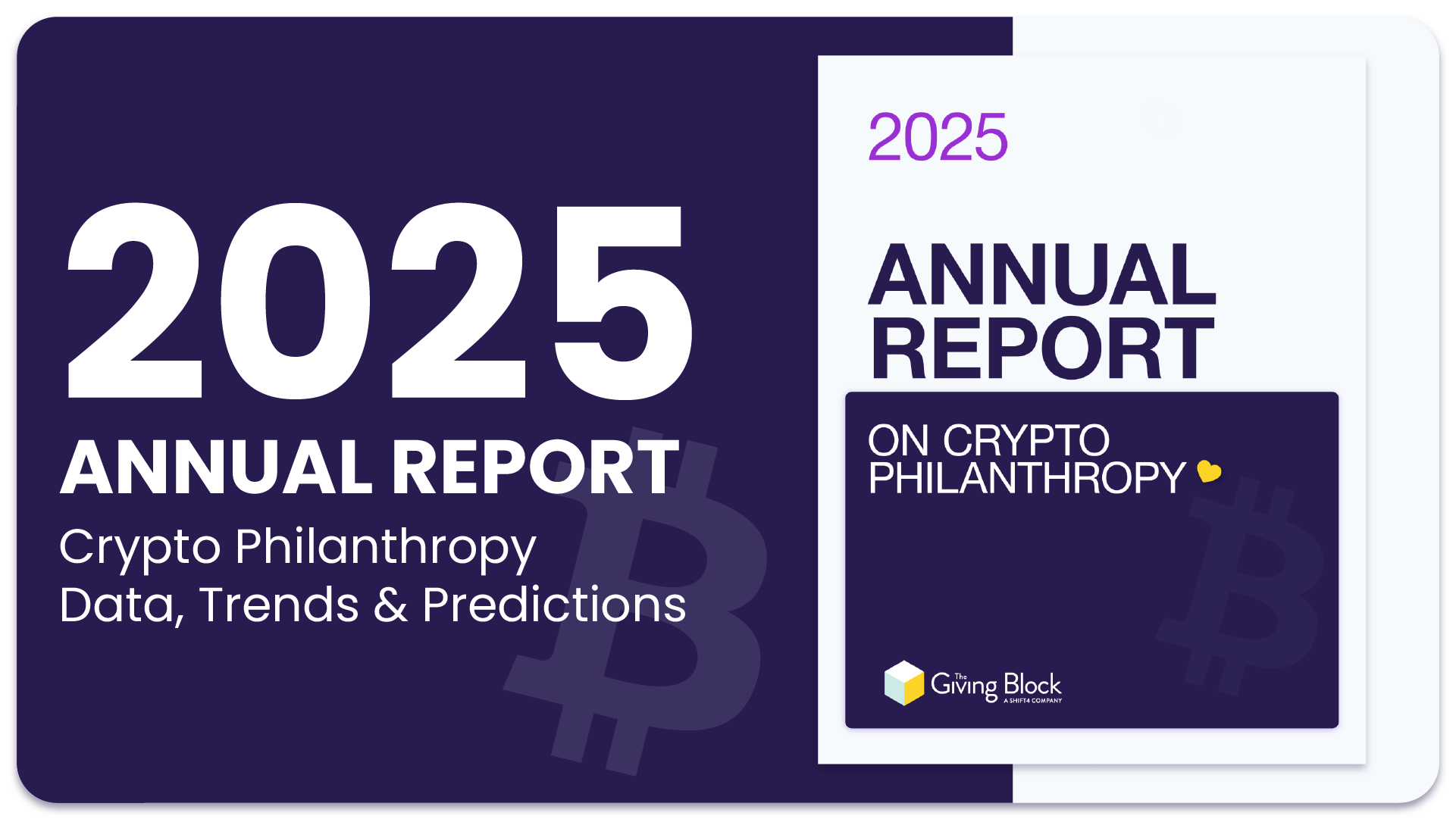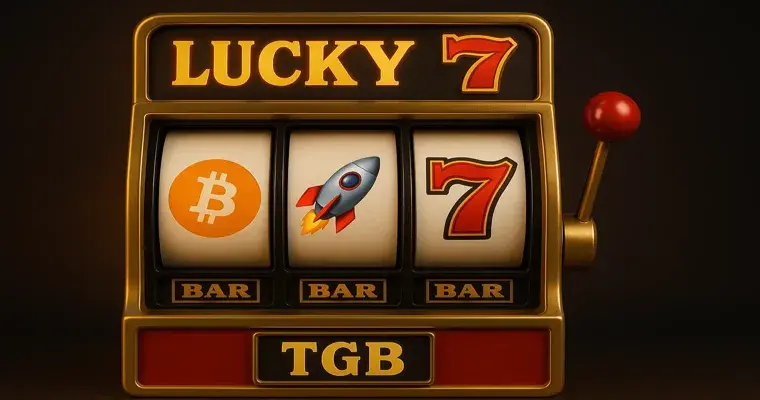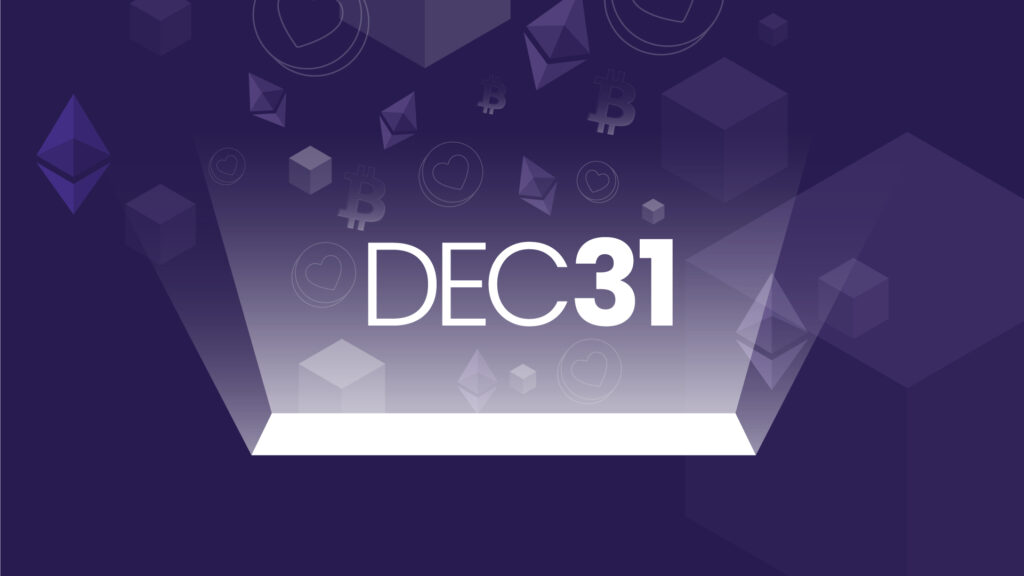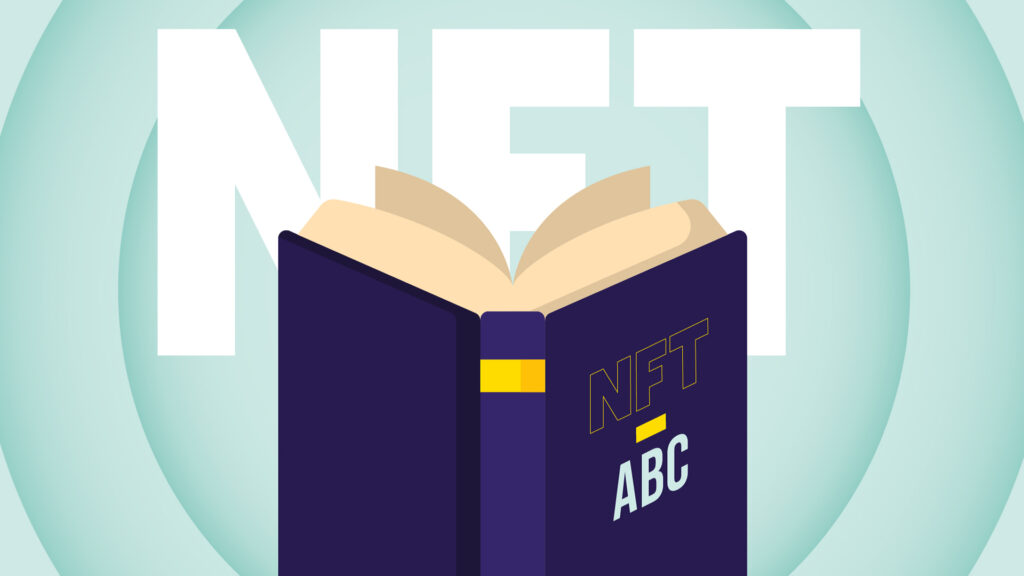With a massive, $30 Trillion generational wealth transfer on the horizon, Millennial and Gen Z donors will soon be the source of most charitable donations. To be successful in fundraising with younger audiences, nonprofits need to embrace new strategies for donor engagement.
Here are 13 ideas and tactics to help your nonprofit attract, engage, and win over Millennial and Gen Z donors, without having to completely rehaul your team’s overall strategy.
Who Counts as a Younger Donor?
Young or old is a relative for each organization. Ultimately, your organization knows its needs best and should determine which groups need more attention from your fundraising team.
But for the industry as a whole, young donors generally include individuals below the average age of a donor, which is currently 65 years old. In this article, we’ll be focused on the two youngest generations of givers, Millennials and Gen Z.
Millennials
The Millennial generation was once known for being the “me” generation, but they have proven to be highly charitable, especially as they start to hit their peak earning years, with 84% of Millennials giving to charity.
- They were born between 1981 and 1996
- They constitute the largest generation in the United States
- 23% want to be known for their philanthropy
- They rely on websites and social media for information-gathering
- More committed to volunteering than young Americans a generation ago
As you engage with Millennials, keep in mind that they are set to inherit a major wealth transfer in the coming years—and they have the potential to become your major gift givers in the near future.
Generation Z
Presently, the Gen Z cohort are the youngest age group making a difference through charitable giving. Thought of as being a bit more realistic than their more optimistic Millennial peers, Generation Z has an unbridled passion for change, as evidenced by their giving habits and strong beliefs in making a personal impact on the issues they care about.
- They were born between 1997 and 2012
- One-quarter of them volunteer regularly
- Over half would rather save money than spend it
- They spend as much as 10 hours per day online
- One-third have already donated money to charitable causes
Generation Z is represented by tech-savvy, generous teens and twenty-somethings that want to bring about positive change in the world.
Why Do New, Young Donors Matter for Nonprofits?
No matter their age, donors are paramount to the success of the entire nonprofit sector—U.S. donors gave a record-setting $557 Billion to charities in 2023.
But without engaging potential donors early on, you could be missing out on a critical moment to steward them into your most loyal supporters as they reach their peak earning years and beyond.
This lack of new relationship building, combined with over-reliance on existing donors, are two of the most common reasons why nonprofits may ultimately fail. So how can you set your team up for success in the future?
By taking the time now to develop meaningful connections with these younger donors, you can better prepare to ask them to support and advocate for your cause in the years (and even decades) ahead.
What Do Young Donors Seek from Charities?
These younger generations see themselves as philanthropists, activists, and all-around changemakers. As donors, they don’t just want to give your cause their money. Increasingly, these donors want to be included as participants in your organization’s impact.
In practice, this can mean engaging them through meaningful volunteer activities that leverage their existing skills. If your nonprofit already has a national volunteering day, for example, consider how you might be able to develop project-based volunteering opportunities that can provide more meaningful engagement than a one-day effort.
But that’s only one of the many ways you can start to connect with Millennial and Gen Z audiences.
As your nonprofit tries out new methods for inspiring younger donors, be open to new ideas and approaches. It may take some experimentation to learn what’s a good fit for your donors. The important thing is to try and think about long-term success.
Case Study: How Crypto Fundraising Helps Future-Proof CEDARS’ Mission
“The conversation that’s been happening for the fundraising team is: ‘What can we set up now to help the organization in the future?’ Cryptocurrency donations is one of those things that we’re hoping people will thank us for decades from now.” – Kristin Jakub, Director of Communications
13 Ideas for Attracting and Engaging Younger Donors in 2024
1. Refresh your website
Millennial and Gen Z donors are the least likely demographic to write your nonprofit a check. They’re more likely to do a Google search for your cause or click a link from social media, then scan through it to help them decide whether or not to support your cause. There is a good chance they will be using their smartphone.
Like it or not, your website’s design will have some influence over that decision. Some donors will be checking to see that site is up to date and your mission statement is clearly visible. Others may be turned off by a website that isn’t optimized for mobile users.
Before the year-end fundraising season, take time to audit your website to ensure that you have a mobile-friendly UX (on your donation page, at the very least) and that your homepage helps visitors navigate through your site intuitively.
2. Make your thank-you page engaging and thoughtful
Don’t let your donation page be a letdown. Making a charitable donation of any amount is a big decision and may be accompanied by nerves or a rush of adrenaline.
So use your thank you page to give your donors a shot of emotion and express your gratitude—in other words, remind them why they supported your organization in the first place.
If your donation tools support it, personalize your “thank you” page with your donor’s first name. You could also provide a social share link so that your donors can seamlessly post about their donation, or include video or powerful imagery, or links to learn more about how their gift will be used.
3. Become a transparent organization
While some donors give to the same organization every year for decades, younger donors are more eager to see the impact of their charitable contributions.
According to a recent report, 40% of Millennial and Gen Z donors conduct “a lot of research” into nonprofits and charities before making a donation.
To earn their donation, you’ll have to be clear about where your donations are going. Be upfront about how much of your revenue goes to administrative, fundraising, operations, and so on.
They will also want to hear from authentic voices about your mission and operations. What do the people that your charity serves have to say about your impact? Letting others speak on your behalf can prove to donors that you’re achieving your organization’s goals in the real world.
4. Provide ways to give that aren’t just money
As the saying goes, time is your most precious asset. 70% of Gen Z and millennial donors say that they would rather donate their time over money. Offering other ways for donors to get involved with your mission should be obvious, but it can be hard to make it happen without buy-in from your organization’s leadership.
Start small: ask for volunteers to help with your team’s in-person or virtual events, or find skill-based projects that your young volunteer can help with, like drafting social media captions or reaching out to program alumni for testimonials.
Depending on your mission, you could also accept in-kind donations of materials like books, clothing, and unused toiletries. Or it could include cryptocurrency, stock or DAF donations, which tend to be many times largeer on average than online cash donations.
5. Share an inside view of your organization
Your most passionate donors likely want to understand the inner workings of your organization. This can help strengthen the connection between donors and your cause, and there are plenty of low-lift ways to do so.
Your nonprofit could organize exclusive webinars with your CEO or President with a Q&A session, or an in-person event at your office or headquarters where donors can meet staff and learn about their different roles.
Is your leadership particularly interested in making a good impression with young donors? Invite supporters to participate in a meet-and-greet with your board of directors. Or, elect a young ambassador to serve on your board in a formal capacity.
6. Personalize your communications
Today, most mass email solutions offer personalization options, and your nonprofit should take advantage of those tools to increase email open rates and foster deeper connections with donors.
You can customize your donor outreach by making use of whatever data points you have about your supporters, including their name, city, age and previous donations. Personalization isn’t just limited to the content of emails. You can choose to segment donors to decide which messages they receive, how often, and even what time of day.
Above all, the top priority should be addressing your donors as personally as you can so that they will feel good about the organization they’re supporting.
7. Leverage storytelling
Humans are emotional beings. We don’t simply give out of a sense of duty; most donors are, in some way or another, influenced by their feelings. Telling a story can sway donors that are on the fence about supporting your cause.
Your nonprofit doesn’t need videos with high production values or fancy infographics. At the core of your story should be a clear message that your donors can connect with easily.
How are your donors changing lives? How are their gifts essential to fulfilling your mission? You can put these stories everywhere: in emails, on social media and on your website’s blog.
8. Embrace social activism
In this day and age, it’s common for corporate brands and even mom-and-pop businesses to speak up about social issues. This can put an expectation on charitable, mission-driven organizations to do the same.
Your nonprofit may want to stay in its lane, and that’s totally fine. But your organization may also want to use its platform to comment on current events and serve as a thought leader for the issues that are central to your mission.
Lifting the voices of key spokespeople and influencers can help your organization test out these kinds of messages. Or, you can survey your donors to find out what kind of issues they care most deeply about, to find out which causes your nonprofit might want to become more vocal about.
9. Offer support for non-cash asset donations
Many nonprofits bury details about their stock acceptance policy, assuming that only major donors want to donate stock. This is a potentially costly mistake that can severely limit your charity’s donation revenue.
Young people, especially Millennials, are avid investors in stocks and cryptocurrencies like Bitcoin and Ethereum. They know the benefits of donating non-cash assets, particularly that it can be a highly tax-efficient way to support their favorite causes.
To give your young donors a premium donation experience, provide an easy way for donors to choose which assets they want to give.
10. Enable peer-to-peer fundraising
Ready to let your most passionate donors become your brand ambassadors? Consider offering peer-to-peer fundraising options.
Peer-to-peer (P2P) fundraising is a powerful tool that helps nonprofits tap into their current supporters’ existing networks. It’s a relatively low-bandwidth way to generate additional donation revenue, by adding a social element to charitable giving.
11. Use social media authentically
Millennials and Gen Z are the power users of social media. They influence the trends on apps like Instagram, Tik Tok and Twitter, and expect brands to market to them, including charities.
If your nonprofit has had a tenuous relationship with social media, try committing to one platform. Not sure which one? Ask your supporters which platforms they use most.
Take your team’s capacity into consideration. If your team has limited graphic design bandwidth, for example, leaning heavily on Instagram Stories may not be the best bet. On the flip side, if your organization excels at longform storytelling, LinkedIn may be a perfect platform to try.
12. Emphasize security
Building trust is an important aspect for acquiring new, younger donors, especially when it comes to online security. Digital-native generations grew up being vigilant about hacks, malware, scams, and data breaches.
As a result, they have high standards for data protection and privacy, and rightfully so. Millennials in particular are less trusting of online banking than their parents. So what can your nonprofit do to show it prioritizes security?
Use trusted platforms to process your donors’ donations, and be clear about what kind of data you collect, and how it will be used. When they sign up to receive emails, be explicit about what kinds of communications they will receive. Provide options for unsubscribing or updating their email preferences. These are just a few of the many ways you can maximize your security protocols and ease donors’ minds.
13. Create a culture of recognition
It may be a generalization, but Millennials and Gen Z appreciate recognition for their donations. Traditionally, major donors have been acknowledged with personal phone calls and mentions in annual reports.
For this digital native audience, there are countless ways to get creative beyond sending a simple email, which you should be doing anyway. You could tag them in a thank you post on social media, for example, or publish a wall of gratitude on your website.
Do you have extra swag from an in-person event? Send your donors some merch as a small token of your gratitude.
You don’t need to spend any money to make your donors feel special. You could coordinate a day when your staff calls donors to personally thank them and discuss the work they’re doing.
Are You Ready to Win Over Young Donors?
Millennial and Generation Z donors want to feel included, recognized, and empowered by the nonprofits they support. They expect modern, mobile friendly websites with top-notch security and multiple ways to donate, from peer-to-peer fundraising campaigns to cryptocurrency donations.
The Giving Block’s nonprofit fundraising solution supports crypto, stock, and DAF donations, as well as a peer-to-peer fundraising platform. With plenty of additional features and integrations that make your team’s workflow seamless, you can spend less time on admin tasks and more time raising more from the next generation of donors.
Get started by requesting a demo with The Giving Block’s experts.




















